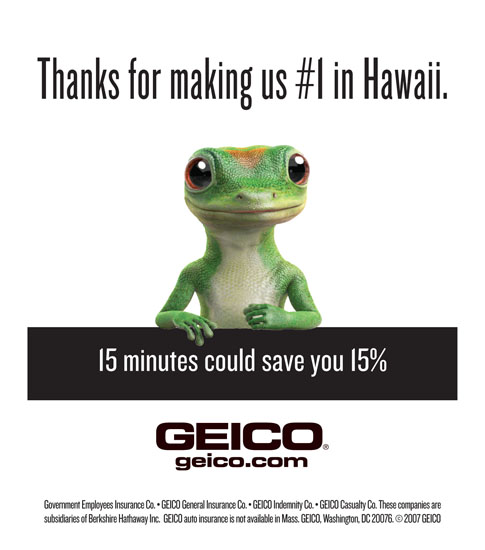
Check the Strategy: Marketing Communication Madness
You’re ready to start marketing your brand new company, and you don’t know where to start. You’ve probably heard that you need to build a marketing plan, but then you may have also been advised to build a communication plan. (Isn’t that the same thing?) Don’t get it twisted, there are some differentiators.
A communication plan is part messaging and part choosing how the message is communicated. It also includes which mediums the message is communicated from – traditional, social, print, etc. A good message will deter the wrong clients, and will attract the right clients. A good communication plan will choose the right mediums on which to communicate that message, and will also align with the vision and goals of the marketing plan….
Make sense?
Having a well-thought out and executed marketing communication strategy is what will put your business ahead of the competitors.
The Importance of Consistent Communications
There are so many ways to communicate a message nowadays, that sometimes marketing teams are divided by channel. You could find yourself working with a company who has a print marketing team, a digital marketing team, a PR team, a social media team, an e-commerce team, an events team and more. Can you image how many different messages could potentially come out of that company?
Let’s say that company was Geico, and each team decided to change the tagline just a little bit – I mean, really just a tiny word here or there. One tagline would have the customer saving money in just 15 minutes, while another would have the customer saving money within just 10 minutes. Their customers would be seeing multiple messages, and that buying insurance pretty confusing. It would be a disaster far larger than Geico’s gecko.
Source: Geico
This is why consistent communication is important. By having all of those marketing teams align and have them all use the same message of, “Fifteen minutes could save you 15 per cent or more on car insurance,” regardless of what channel the message is seen, all of their customers will receive the same message, and it will stick with them. Surely, we’re all quite aware of what Geico has been spouting to the masses for years now.
A Good, Concise Message
Ok, so you’ve got the consistency of your message locked down. But the fun doesn’t just end there because regardless of how consistent your message is, if it’s not concise, it won’t resonate with your customers. You need to demonstrate how you are going to solve your customer’s problem(s), and you need to find a clever way to tell them what’s in it for them.
To demonstrate this, let’s go back to Geico. The tagline, “Fifteen minutes could save you 15 per cent or more on car insurance” tells you quickly, and concisely what the company does. By using their product, within 15 minutes, you could have a quote on your car insurance that’s at least 15 per cent less than what you are currently paying. This message is easy to understand, and is encouraging to people who are currently shopping for lower rates. This is a company who delivers a cheaper pricetag, and it will only take a short 15 minutes to get it. Brilliant! Customers know that they don’t have to waste a lot of time or make a big effort – and that appeals to modern busy bodies.
On the other hand, Nationwide, another insurance company has some dizzying communications. In a recent Super Bowl, Nationwide aired an ad which showed a young boy talking about all of the things he would never be able to do – like learning to ride a bike, or having a first kiss – because his fate was to die in a preventable at-home accident. The ad then cut to various ways a child could die in their own home.
A little grim, don’t you think?
Because of the dark nature of the ad, people took to social media to sound their horns and Nationwide released a statement saying the ad was meant to “Start a conversation, not sell insurance.” But Nationwide is an insurance company so customers assume their ads are intended to sell insurance, not start a conversation about children and accidents. The mists of confusion created by the commercial were long lasting – and it’s a prime example of how inconsistent messaging can impact customers.
Where to Showcase Your Message
When you are looking to build your marketing communications strategies, it is important to identify who your target audience is, and then determine where that audience most likely will be. If your main demographic is people aged 65 and older, buying a lot of digital ads isn’t going to get you very far. A good example of companies using the proper channels to showcase their message are beer companies, and the most successful beer companies, such as Budweiser, take a two-pronged approach.
The first prong is buying multiple ads during major sporting events, such as the NFL, which Bud Light heavily sponsors. Budweiser spends millions of dollars for ads during games, because this is where the great majority of their target market can be found. The entire stadium is likely their target market – they know that, so they deliver. But, they also use a second prong. Beer companies know their customers have been seeing ads all year through the football season, once it comes time for the championship game, Budweiser step it up. They set up unique displays where their beer is which reflect the same messaging found in their television ads, like cases of beer made up to look like a football or a helmet – guys LOVE that stuff. Combined with proper signage and consistent messaging, the display goes a long way to boost sales. Budweiser knows where their customers will be, and properly showcases their message wherever they’ll make the biggest impacts.
Once you’ve identified who your target audience is, where they’re most likely to be and you have your concise message built, guess what? You’re well on your way to completing your marketing communication strategy, and helping your business to succeed.
Header Photo: DeathtoStock
If you want to learn more about specific key elements of an effective marketing plan, read our 50+ page booklet on How to Write A Strategic Marketing Plan That Yields ROI – complete with explanations





